Light-modulated electron retroreflection and Klein tunneling in a graphene-based n-p-n junction
Xingfei Zhou(周兴飞) Ziying Wu(吴子瀛) Yuchen Bai(白宇晨) Qicheng Wang(王起程)Zhentao Zhu(朱震涛) Wei Yan(闫巍) and Yafang Xu(许亚芳)
1New Energy Technology Engineering Laboratory of Jiangsu Province,School of Science,Nanjing University of Posts and Telecommunications,Nanjing 210023,China
2College of Physics Science and Technology,Yangzhou University,Yangzhou 225002,China
Keywords: linearly polarized light,electron retroreflection,Klein tunneling,graphene
1. Introduction
Graphene, experimentally prepared by Novoselov and Geim in 2004,[1]has attracted considerable attention widely due to its peculiar physical properties and potential applications.[2-15]In the real space,graphene is a carbon atombased two-dimensional hexagonal honeycomb lattice. Similarly, in the momentum space, graphene has the same hexagonal honeycomb structure with two degenerate and inequivalent high symmetry pointsKandK'at the corners of the first Brillouin zone. In the low energy approximation, its Hamiltonian near the high symmetry points was described by the massless Dirac equation.[9]By applying external fields such as electric field, magnetic field, light, and temperature gradient, a lot of fantastic properties were found in graphene such as half-integer quantum Hall effect,[3]Klein tunneling,[4]and topological phase transition.[2,11,12,15]Recently,the superconductivity was predicted in twisted bilayer graphene in theory and was observed in experiment.[10,16-18]
In the isotropic system, only electron specular reflection happens at the interface of junction because of the same direction of transverse wave vector and velocity component along the interface. In the anisotropic system, the anisotropic band structure will lead to the opposite directions of transverse wave vector and velocity component along the interface, which makes electron retroreflection possible. Electron retroreflection was first reported in the AB-stacked graphene bilayerbased superconducting junction[19]and then was studied in a twisted graphene bilayer-based superconducting junction.[20]We also gave some discussion in an 8-Pmmnborophene-based n-p-n junction.[21]Although the electron retroreflection was investigated in the systems mentioned above, it is difficult to realize the superconducting interface in graphene and 8-Pmmnborophene in experiment. In addition,electron retroreflection can not be tuned by external fields in the above-mentioned systems. Thus,it is an urgent duty to find a mature and external field-controlled system in experiment for realizing electron retroreflection. In this paper, using the Floquet theory,[22-27]we show that the electron retroreflection can be realized in a graphene-based n-p-n junction irradiated by linearly polarized off-resonant light.
Besides the discussion about the electron retroreflection,we study the Klein tunneling in a graphene-based n-p-n junction irradiated by the linearly polarized off-resonant light.In the region of high energy physics, there is a novel phenomenon that is a perfect tunneling phenomenon of a relativistic electron at the normal incidence regardless of the width and height of potential barriers. This exotic tunneling is called Klein tunneling.[28,29]However, in high energy physics, it is difficult to test Klein tunneling in experiment due to the high energy of the relativistic electron. Fortunately,in 2006, a graphene-based n-p-n junction was designed by Katsnelson to test this unique tunneling phenomenon.[4]After that, Klein tunneling in graphene was discussed widely in both theory and experiment.[30-35]Interestingly, the anomalous Klein tunneling, i.e., the perfect tunneling with nonnormal incidence of electron,was described in the black phosphorus superlattices-based n-p-n junction,[36]the Dirac-Weyl fermion systems with tilted energy dispersion,[37]and the 8-Pmmnborophene-based p-n and n-p-n junctions.[21,38]Although the anomalous Klein tunneling has been investigated in these systems,[21,36-38]the realization of these systems in experiment needs to be explored further in comparison with graphene. Naturally, there appears a question how to modulate the anomalous Klein tunneling in graphene by the external field continuously.
In general, the angle of Klein tunneling in graphene is zero due to the isotropic band structure. The nonzero angle of Klein tunneling happens in black phosphorus, Dirac-Weyl fermion systems with tilted energy dispersion, and 8-Pmmnborophene because of the anisotropic band structure.Therefore, if we find an external field-induced anisotropic band structure in graphene,we will solve the above question.Fortunately, we find that the linearly polarized off-resonant light meets our expectation. In fact, graphene, modulated by circularly polarized off-resonant light, has been studied extensively.[12,23,39-41]However,the circularly polarized lightinduced gap can damage the Klein tunneling, which does not meet our expectation. The paper is organized as follows. We firstly give the model and basic formalism. Then, the numerical results and theoretical analysis are presented and discussed. Finally,the main results of this work are summarized.
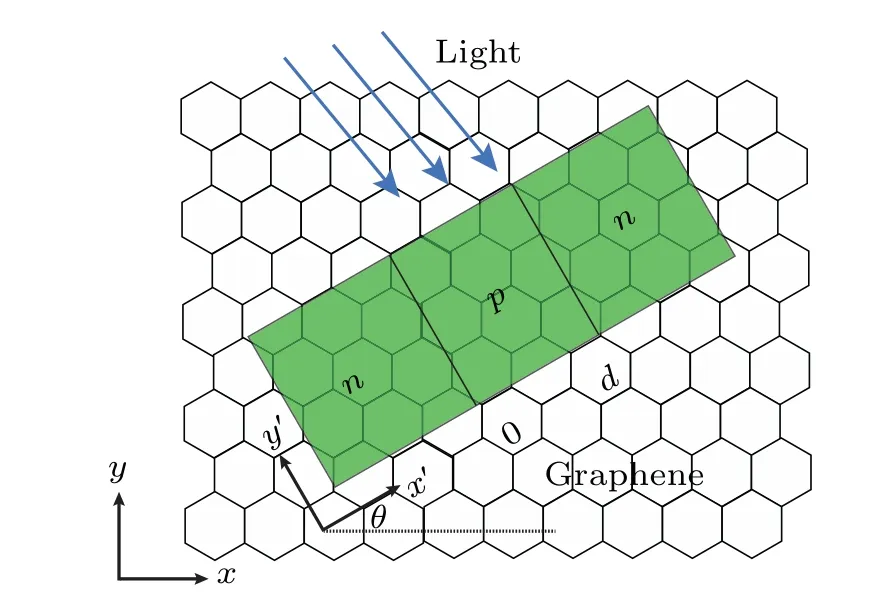
Fig.1. Top view of the proposed experimental setup for transport measurements. The direction of n-p-n junction irradiated by the linearly polarized off-resonant light is characterized by θ.
2. Models and methods
We consider a graphene-based n-p-n junction shown in Fig.1. The Hamiltonian of n-p-n junction without irradiated light is

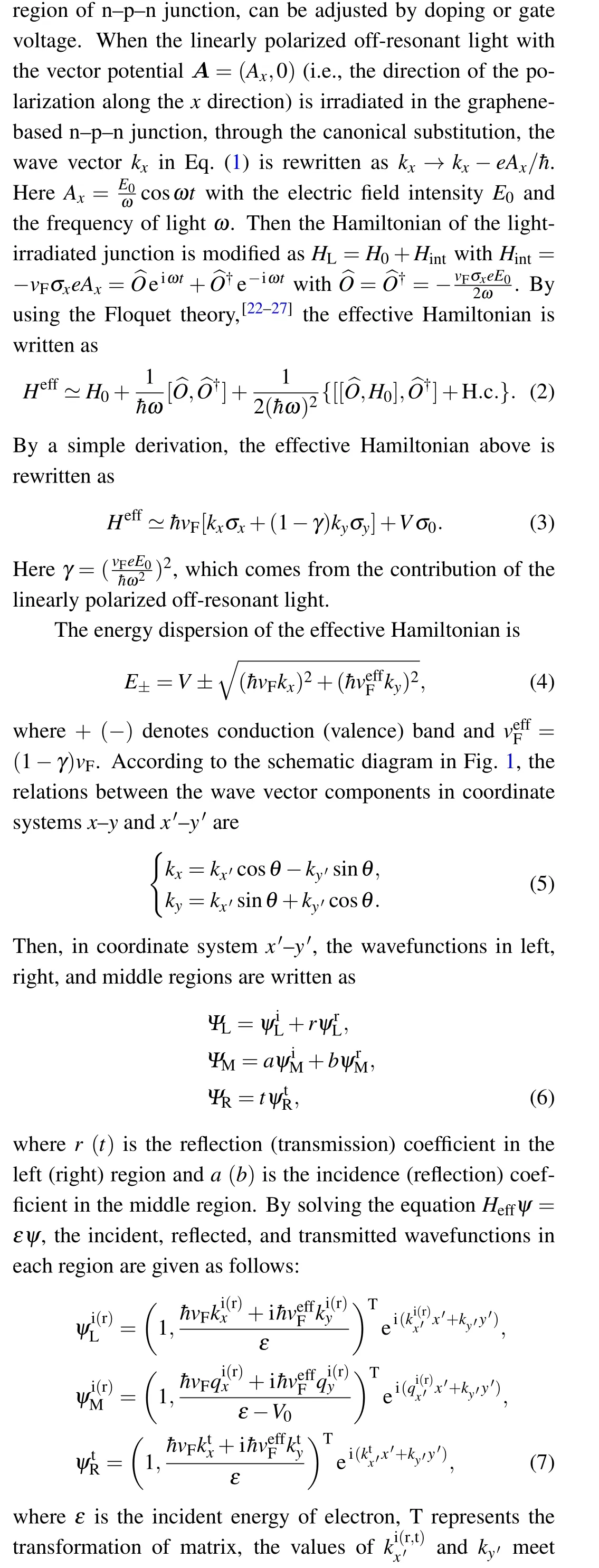

The transmission probability across the n-p-n junction is written asT=t∗t.Before the discussion about Klein tunneling,we discus the physical properties of the polarized light.In Floquet theory,the energy of light¯hωis required that its value is much larger than the hopping integral of graphene (about 2.3 eV).We choose ¯hω=12 eV, which is about six times larger than the hopping integral. For the convenience of calculation in the following,we setγ ∈[0,0.9]and then the value of the electric field intensityE0of light varies from 0 to 2.08×1011V/m.
3. Results and discussion
3.1. Electron retroreflection
In the coordinatex'-y'system, the velocity components of incident(reflected)electron are defined as

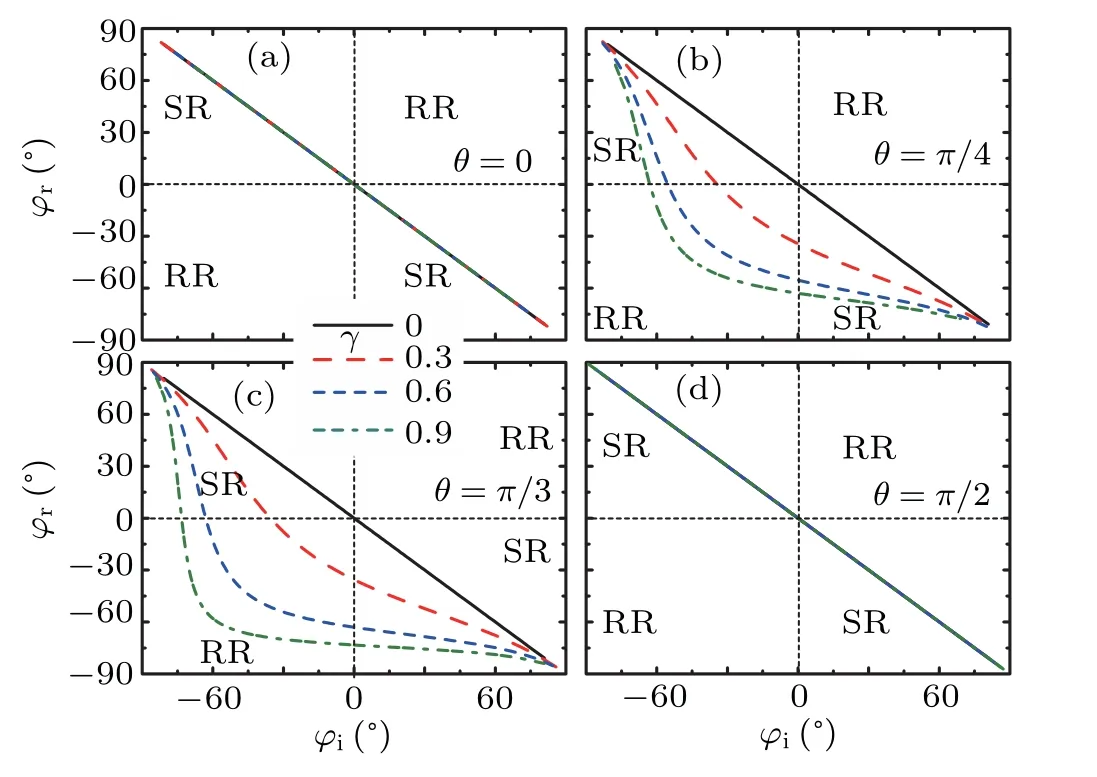
Fig.2.(a)-(d)Incident angle-dependent reflected angle with the parameters V0=0.3 eV,ε=0.05 eV,and d=80 nm in the different directions of n-p-n junction with different values of optical parameter γ.
3.2. Anomalous Klein tunneling
In the coordinatex'-y'system,the effective Hamiltonian described by Eq.(3)is rewritten as
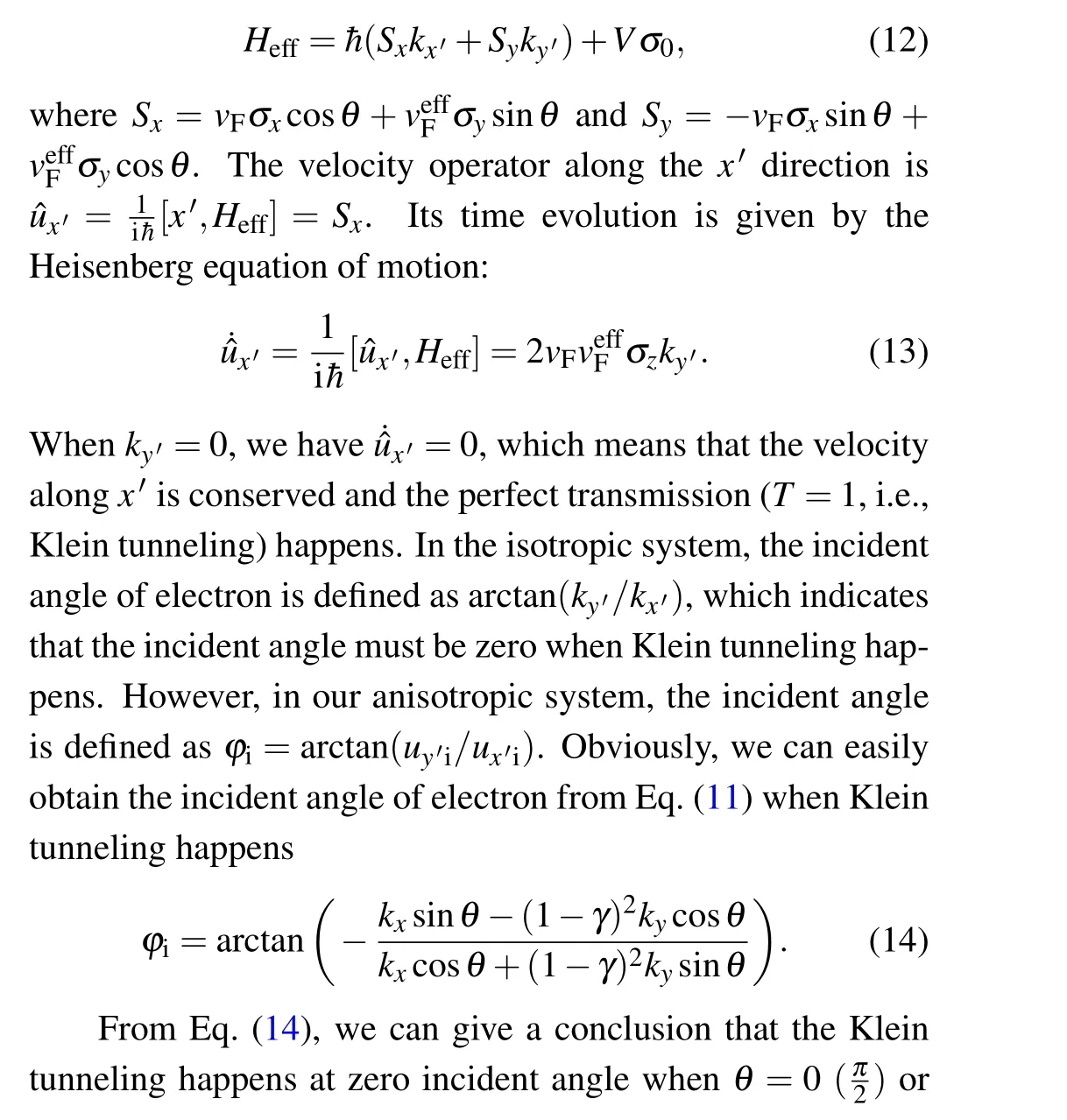


Fig.3. (a)-(d)Incident angle-dependent transmission probability with the parameters V0=0.3 eV,ε=0.05 eV,and d=80 nm in the different directions of n-p-n junction and optical parameters γ.

Fig.4. The optical parameter γ-dependent incident angle of Klein tunneling in the different directions of n-p-n junction. The other parameters are the same as those in Fig.2.

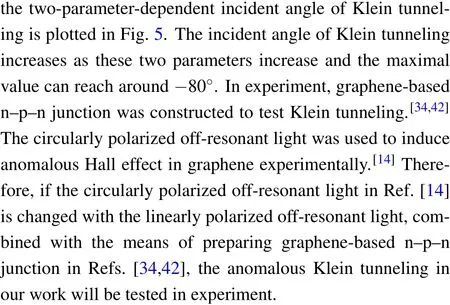

Fig.5. The contour graph of the direction of n-p-n junction θ and optical parameter γ-dependent incident angle of Klein tunneling. The other parameters are the same as those in Fig.2.
4. Conclusion
In summary,we have investigated the electron retroreflection and the Klein tunneling in a graphene-based n-p-n junction irradiated by the linearly polarized off-resonant light with the direction of polarization along thexdirection.The electron retroreflection and the anomalous Klein tunneling can be realized by adjusting the direction of junction and light due to the linearly polarized off-resonant light-induced anisotropic band structure of graphene. The light-modulated Klein tunneling surpasses the traditional view that there exists the appearance of Klein tunneling at one specific angle in a definite device.Our work gives an alternative and flexible method to modulate electron retroreflection and Klein tunneling.
Acknowledgements
This work was supported by the National Natural Science Foundation of China (Grant Nos. 11804167, 11804291,and 11904175), the Natural Science Foundation of Jiangsu Province,China(Grant Nos.BK20180739,BK20180740,and BK20180890), the Innovation Research Project of Jiangsu Province, China (Grant No. CZ0070619002), NJUPT-SF(Grant Nos. NY218128 and NY218135), and NJUPT-STITP(Grant No.XYB2020301).
- Chinese Physics B的其它文章
- Quantum walk search algorithm for multi-objective searching with iteration auto-controlling on hypercube
- Protecting geometric quantum discord via partially collapsing measurements of two qubits in multiple bosonic reservoirs
- Manipulating vortices in F =2 Bose-Einstein condensates through magnetic field and spin-orbit coupling
- Beating standard quantum limit via two-axis magnetic susceptibility measurement
- Neural-mechanism-driven image block encryption algorithm incorporating a hyperchaotic system and cloud model
- Anti-function solution of uniaxial anisotropic Stoner-Wohlfarth model

